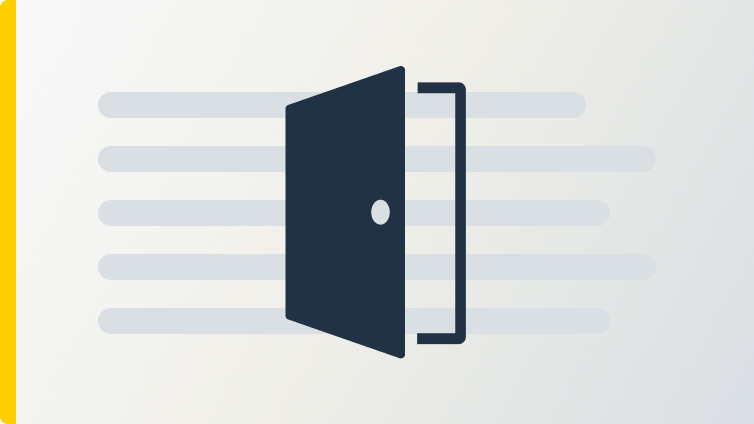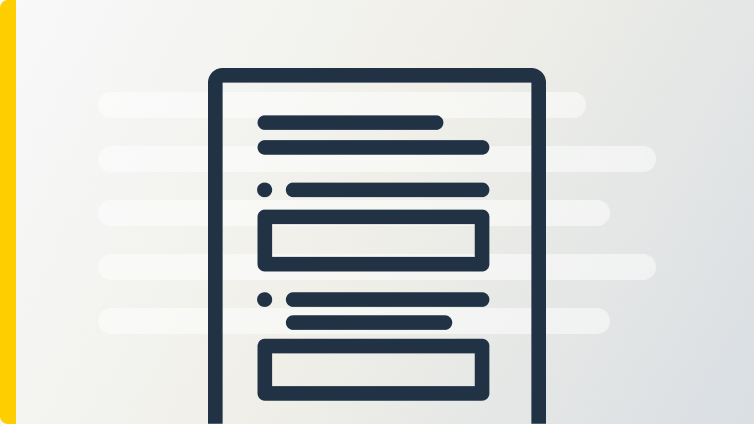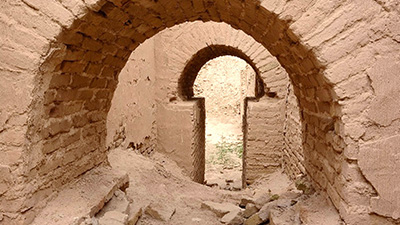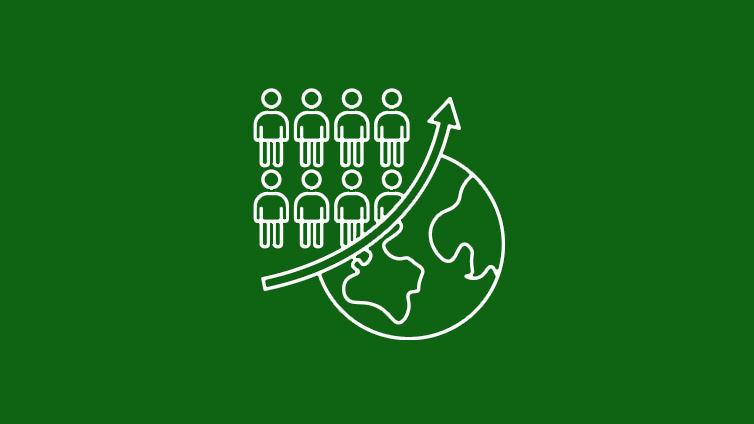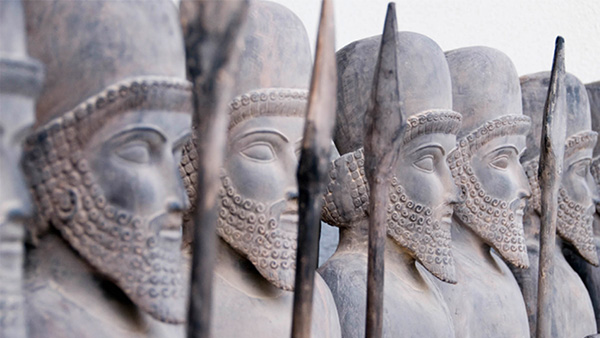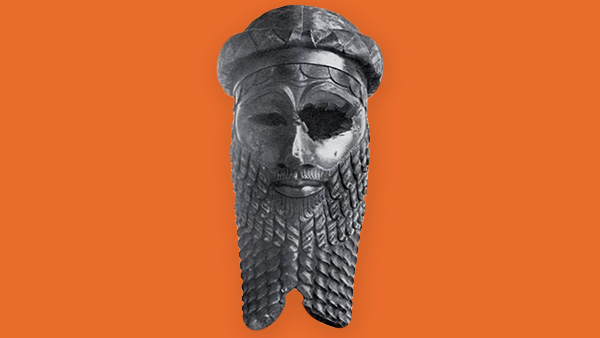The First Cities, States, and Empires
Teacher Resources
Driving Question: How did ancient communities grow larger and more complex?
As agriculture spread and intensified, human communities grew. Villages expanded into large cities. For the first time, human communities grew beyond tens of thousands. As cities linked together, they formed powerful states and complex networks that still shape our world today.
Learning Objectives:
- Analyze the causes and consequences of urbanization and expanding networks of exchange.
- Investigate the characteristics of the first states and the qualities that united people living there.
- Use causal reasoning to evaluate demographic changes that were the result of farming.
Vocab Terms:
- coerce
- dynasty
- empire
- government
- inequality
- patriarchal
- periphery
Opener: The First Cities, States, and Empires
To teach this lesson step, refer to page 2 of the Lesson 3.3 Teaching Guide.
Check out this blog post from the OER Project team to learn more about narratives and frames and how they connect to other key concepts in the course.
Networks? Production and distribution? Communities? Make a guess about which one is most important for our understanding of early states.
Sourcing History
To teach this lesson step, refer to page 3 of the Lesson 3.3 Teaching Guide.
Check out the Sourcing One-Pager for a quick review of teaching sourcing.
Reading a text without context can be frustrating. Who wrote it? Why was it written? That’s where sourcing comes in.
Urbanization
To teach this lesson step, refer to page 4 of the Lesson 3.3 Teaching Guide.
Looking for ways to give feedback to students on their causation skills? Here’s the Causation Feedback Form.
Examine the possible causes and consequences of population growth from 10,000 BCE to 500 CE, as humans transitioned to agriculture and began forming agrarian societies.
-
Guiding Questions
-
Before you read
Preview the questions below, and then skim the article. Be sure to look at the section headings and any images.
While you read
Look for answers to these questions:
- Where did cities first appear?
- What were the pros and cons of living in a city during this time?
- What innovations were necessary to the growth of cities?
- How did job specialization allow cities to grow?
- How did cities contribute to larger and more-complex networks?
After you read
Respond to these questions: Do you think it would have been better to live in an urban or rural area during this time? Why?
States and Empires
To teach this lesson step, refer to page 8 of the Lesson 3.3 Teaching Guide.
Need a refresher on the Three-Step Reading process as your students unpack these articles? Check out this tool.
What’s a state? What’s an empire? Historians frequently debate these questions. Explore these articles to find answers, and then apply what you’ve learned in the activity.
-
Guiding Questions
-
Before you read
Preview the questions below, and then skim the article. Be sure to look at the section headings and any images.
While you read
Look for answers to these questions:
- What is a state?
- How do some anthropologists define a state?
- What is Yuval Harari’s argument about the state?
- What are some characteristics of most urban states?
- What are two theories about why people form states?
After you read
Respond to these questions: Which definition of a state do you find most convincing? Why?
-
Guiding Questions
-
Before you read
Preview the questions below, and then skim the article. Be sure to look at the section headings and any images.
While you read
Look for answers to these questions:
- How does this author define empire?
- How were empires created?
- Why would rulers want to create empires?
- What is the relationship between center and periphery in an empire?
- What challenges did early empires face?
After you read
Respond to these questions: Do you live in an empire? Why or why not?
Mesopotamian Empires
To teach this lesson step, refer to page 10 of the Lesson 3.3 Teaching Guide.
The first empires appeared in Mesopotamia. The Akkadians and Assyrians conquered the region, expanding their power and offering a new model of governance.
-
Guiding Questions
-
Before you read
Preview the questions below, and then skim the article. Be sure to look at the section headings and any images.
While you read
Look for answers to these questions:
- Why did so many different empires conquer Mesopotamia?
- What was one innovation that allowed Sargon to conquer the world’s first empire?
- Give one example of a method that the Assyrian Empire used to establish control and authority over conquered peoples.
- What was life like for women in ancient Mesopotamia?
- What are some possible reasons the author gives for the fall of the Akkadian and Assyrian Empires?
After you read
Respond to this question: Do empires create trade networks or do trade networks create empires? Explain your thinking.
Closer: The First Cities, States, and Empires
To teach this lesson step, refer to page 11 of the Lesson 3.3 Teaching Guide.
Read about how other teachers use claim testing to help students evaluate claims in this conversation in the OER Project Teacher Community.
Think about what you know to be true—and false—about the first cities, states, and empires. Can you tell what’s real and what’s not?
First States
To teach this lesson step, refer to page 12 of the Lesson 3.3 Teaching Guide.
When and where did states begin? Two historians explain the who, what, where, and how of state creation.
-
Guiding Questions
-
Before you watch
Preview the questions below, and then review the transcript.
While you watch
Look for answers to these questions:
- Where and when did states first emerge?
- What are some features of a state?
- What kind of states were the first states in Sumer?
- What evidence is used to justify the argument that Cahokia and Moundville were states?
- Why is “collective imagination” important to building a state?
After you watch
Respond to this question: In one sentence, what is a state?
Key Ideas
-
Guiding Questions
-
Before you read
Preview the questions below, and then skim the article. Be sure to look at the section headings and any images.
While you read
Look for answers to these questions:
- Why did Ashoka build and inscribe his pillars?
- How did ancient emperors use family as a method of control?
- What challenges does the author say women faced when they ruled empires?
- How did emperors use religion to increase their authority? Give one example.
- How are rebellions like burps?
After you read
Respond to this question: Can you think of other methods besides the ones described in the article that emperors might have used to control their subjects?

